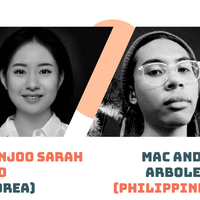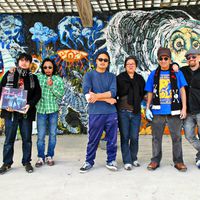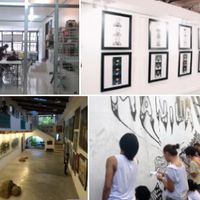Art and Artists’ (Im)Mobility
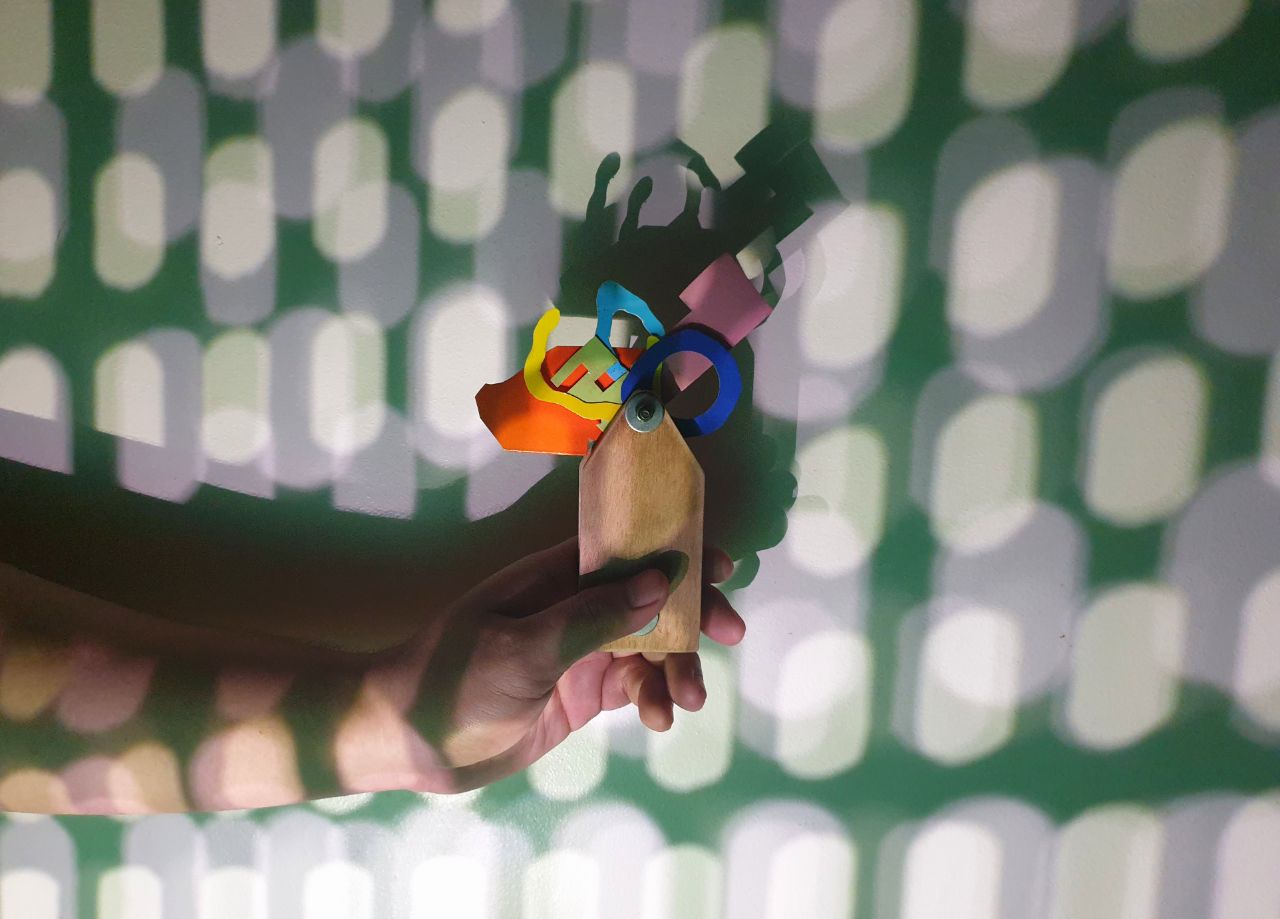
Last December, culture360 launched a series articles on how the arts are adapting to the "New Normal. Well over 10 months into the global pandemic, this series will present experiences and stories of resilience, adaptation, and success from the arts sector to the Covid-19 pandemic, with particular focus on differently disabled artists and arts organisations, artists residencies and arts funding.
In this article, James Luigi Tana explores the different forms of mobility through art during the pandemic and natural disasters in the Philippines. The restricted movements prompt one to reimagine and recognize the need to devise creative ways to experience and appreciate art. Moreover, the article emphasizes on the essential role of art that responds to society’s needs. How can art and artists thrive through crisis and oppression?
The circulation of art continues amid the pandemic and natural calamities that gravely affected the Philippines.
The COVID-19 pandemic albeit being a global experience impacts each locality differently in typhoon-stricken countries like the Philippines. With the implementation of what could be considered as one of the longest lockdowns in the world, Filipinos have to painfully endure the hostile and militaristic approach of its government, ironically, to solve a health crisis. These opportunistic policies and the government’s inaction during the devastation of back-to-back typhoons in the country have contributed to the plight of many—including the art community.
Although deemed by some as non-essential, Filipino artists and the cultural sector prove otherwise that the essentiality of art lies in the realisation of its potential and power to actually mobilise. Art then becomes a powerful tool that could provide aid, offer relief, and encourage participation and protest.
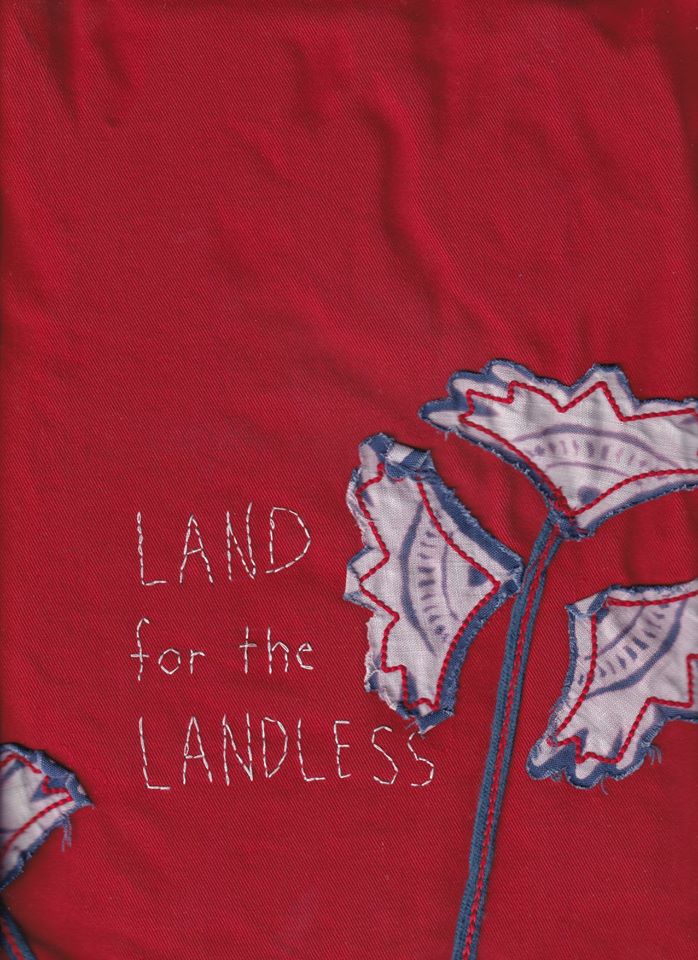
Photo courtesy of Rae Rival
Resistance by patching things together
Art and crafts like sewing and stitching are often tied to the domestic and private sphere of a household. However, for members of a peasant women group, the National Federation of Peasant Woman (Amihan), the decorative art of letter-patching is a way for them to organise, de-stress, and demonstrate protest.
“Peasant women and women are always stitching, mending and sewing clothes and ways to protect their family, fellow famers and land. Women are always stitching to patch things together, to connect their personal struggles with the universal and public,” says Rae Rival, representative of Amihan’s advocacy arm, Rural Woman Advocates (RUWA).
The hand-stitched banners call for outright abolishment of unjust labor policies and rice tariff law in the country. The peasant groups, as shown in their banners, demand “Support Food Security, Frontliners,” “Land for the landless,” “Rise for Rice,” to name a few.
Instead of using tarpaulins, the members use an environment-friendly material katsa (canvas or flour sacks), a kind of fabric that is readily available at home.
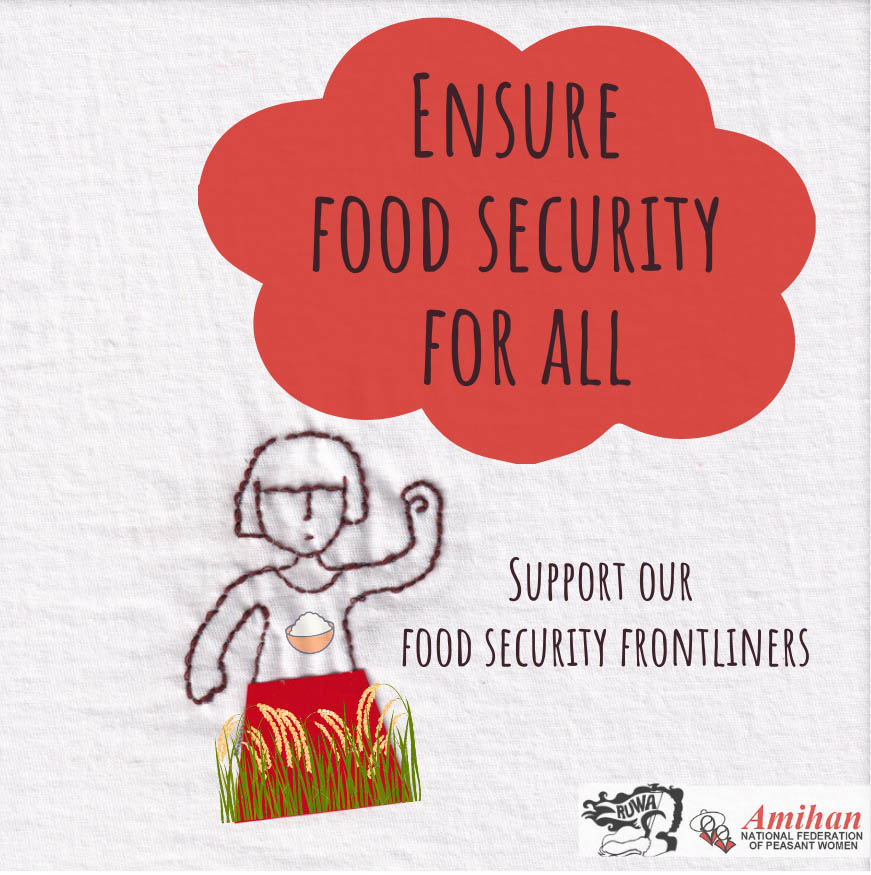
Photo courtesy of Rae Rival
“[We] cut the letters using patterns and positioned ourselves on the floor. It became a production work, similar to effigy-making and other prop materials used during protests. Usually, organization and volunteers would work together to finish a material,” she explains.
Part of the group’s public demonstration is the display of the banners as installation or public art outside the Bantayog ng mga Bayani, a memorial site for fallen Filipino heroes.
For the members, letter-patching is “therapeutic, affordable, and sustainable.” Here, the process of art-making that is tied with our daily life acknowledges and empowers gender and the marginalised communities.
“[W]e will continue stitching as a form of art, protest, daily task and resistance,” she adds.
From impersonal to a more personal experience
While some art institutions have successfully transitioned their programming into the digital platform, which eventually resulted to a more accessible art, Parcel Exhibitions responds to the need to create an active viewing experience outside the already saturated digital sphere.
Experiencing art during the pandemic has become impersonal with the absence of physical space to navigate. Parcel Exhibitions, through portable artworks, presents an alternative way of exhibiting within the confines of your own space, allowing an intimate engagement, whether in private or as part of a small group.

Photographed: Miguel Puyat’s Portable Collage Maker; Photo courtesy of Parcel Exhibitions
For its inaugural exhibition, Fiat Lux, an exploration of the element of light as the artist’s visual expression, Pam Quinto, founder and curator of Parcel Exhibitions, has incorporated the portability of the artworks in its exhibitionary component.
“The overall idea of this venture is that portability allows for exhibitions to exist pretty much anywhere,” explains Quinto in an interview.
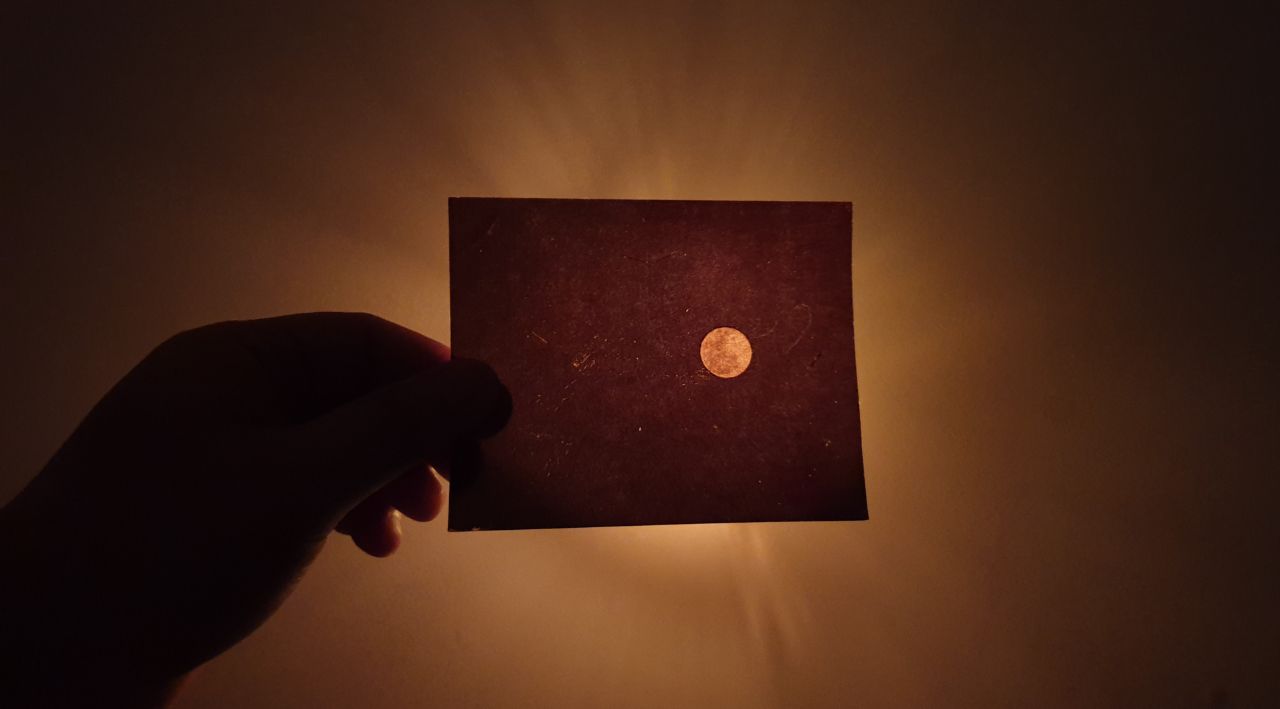
Photographed: Celine Lee’s Borrowed Light; Photo courtesy of Parcel Exhibitions
Featuring the works of 8 Filipino artists— Celine Lee, Gale Encarnacion, Wipo, Miguel Lorenzo Uy, Ren Lopez III, Miguel Puyat, Ralph Barrientos, and Veronica Lazo—the parcel comes with safety instructions and a sanitation kit.
As of writing, the exhibition has been transported for viewing to 11 locations and various points in Metro Manila. The route of the parcel is predetermined based on the locations of people who registered in their mailing list. With the viewers having the task to transport the parcel to its next location, such transaction facilitates interaction among individuals who also intend to view the works.
“One of the things I wanted to investigate through Parcel Exhibitions is how we can traverse the distance that separates artists and viewers… The artists articulate the concept and instruct, and the viewer responds and executes the exhibition,” she adds.
The viewers, in this case, are active rather than passive when engaging with the works; one may touch, operate, install, and even toy with them. The traveling exhibition diminishes the distance, all brought about by the pandemic, between the artists and the viewers.
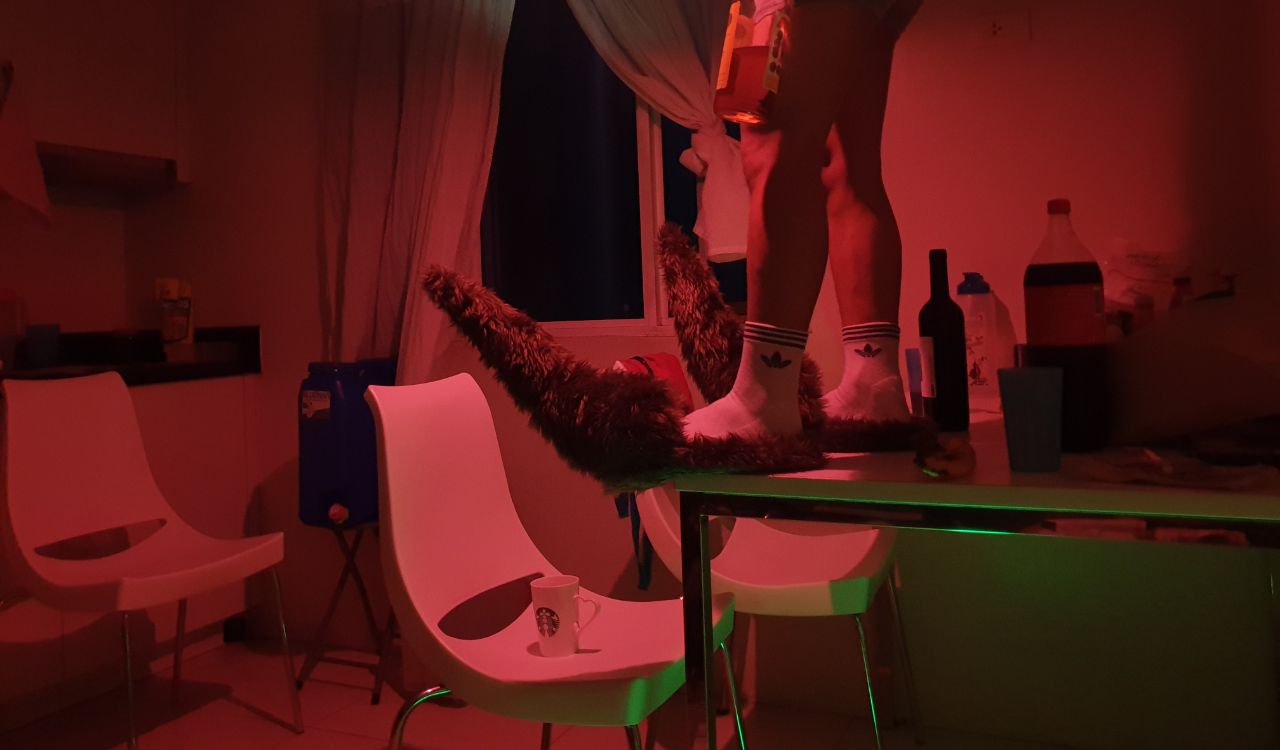
Photographed: Gale Encarnacion’s Borrowed Shoes; Photo courtesy of Parcel Exhibitions
“This [Parcel Exhibition] could be an avenue for radical care I think, to nurture a sense of community, to have an exchange of energies and ideas,” says Quinto.
The exhibition then becomes a form of mobility and a way to share and transfer an artistic experience that this unusual distance only permits, for now.
Rebuilding the intangibles
The art community has had to deal with the adversities of the present that further amplified its struggles in the middle of a pandemic. Green Papaya Art Projects, the longest running artist-run space in Manila, has lost some of its collection of archives when fire blazed through its space. Meanwhile, Bad Student, a risograph press and design studio, the first and only one of its kind in the country, damaged its printing machine and archive of prints after being submerged in the flood.
Artists and the cultural sector through their own capacity and even with limited resources, extended assistance to those affected—an act of solidarity which somehow suffices the lack of initiatives by the governing bodies in providing solutions to both social and health crises.
Rethinking the crucial role of art in meaning-making and the production of truths in this pandemic era and age of misinformation, reinforces the art community to collectively respond to the needs of various localities. Ruminations of a better future seem only possible by addressing the complexities of the now, salvaging remnants of the past from destructions, and preserving personal histories before they are no longer our own.
The rebuilding process requires evaluation of the function of the arts in fulfilling a more inclusive objective: the grounding of art to regain not only the lost visible sites, but perhaps, the intangible foundations of self that allow one’s artistic practice to continue regardless of the state of immobility.
James Luigi Tana is a writer, cultural worker, and an aspiring curator from the Philippines. His field of interest varies from institutional critique of the art market to ethnographic studies. He served as a Project Manager for the Museum of Contemporary Art and Design in Manila for “Constructions of Truths” (2019) and “Cone of Concerns” (2020) exhibitions. He won the Ateneo Art Gallery-Kalaw Ledesma Foundation, Inc. Essay Writing Prize in 2020. His curatorial framework is greatly influenced by contemporary perspectives in the arts, whereas space-making becomes a tool for engagement, negotiations, and exchanges between the artist and his or her audience.
Similar content
05 Nov 2016
from - to
13 Apr 2013 - 22 Sep 2013


